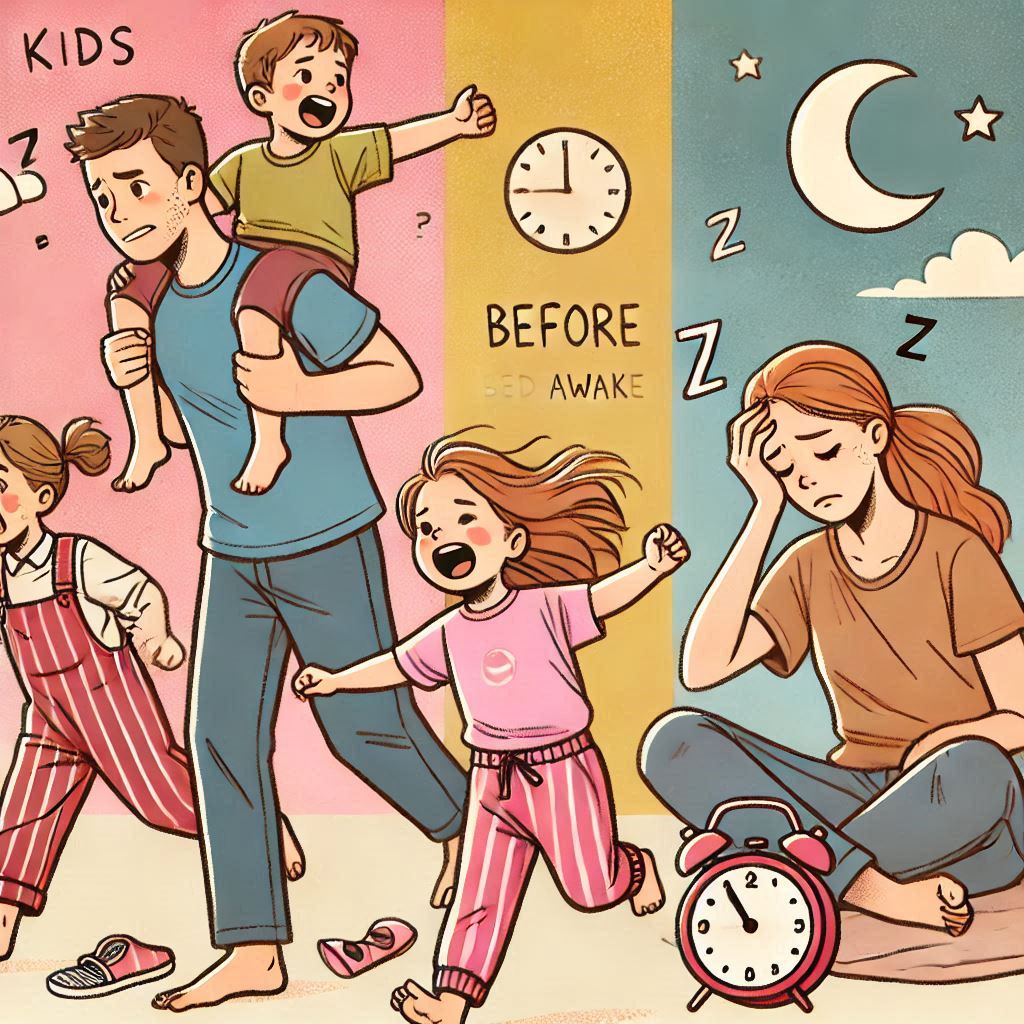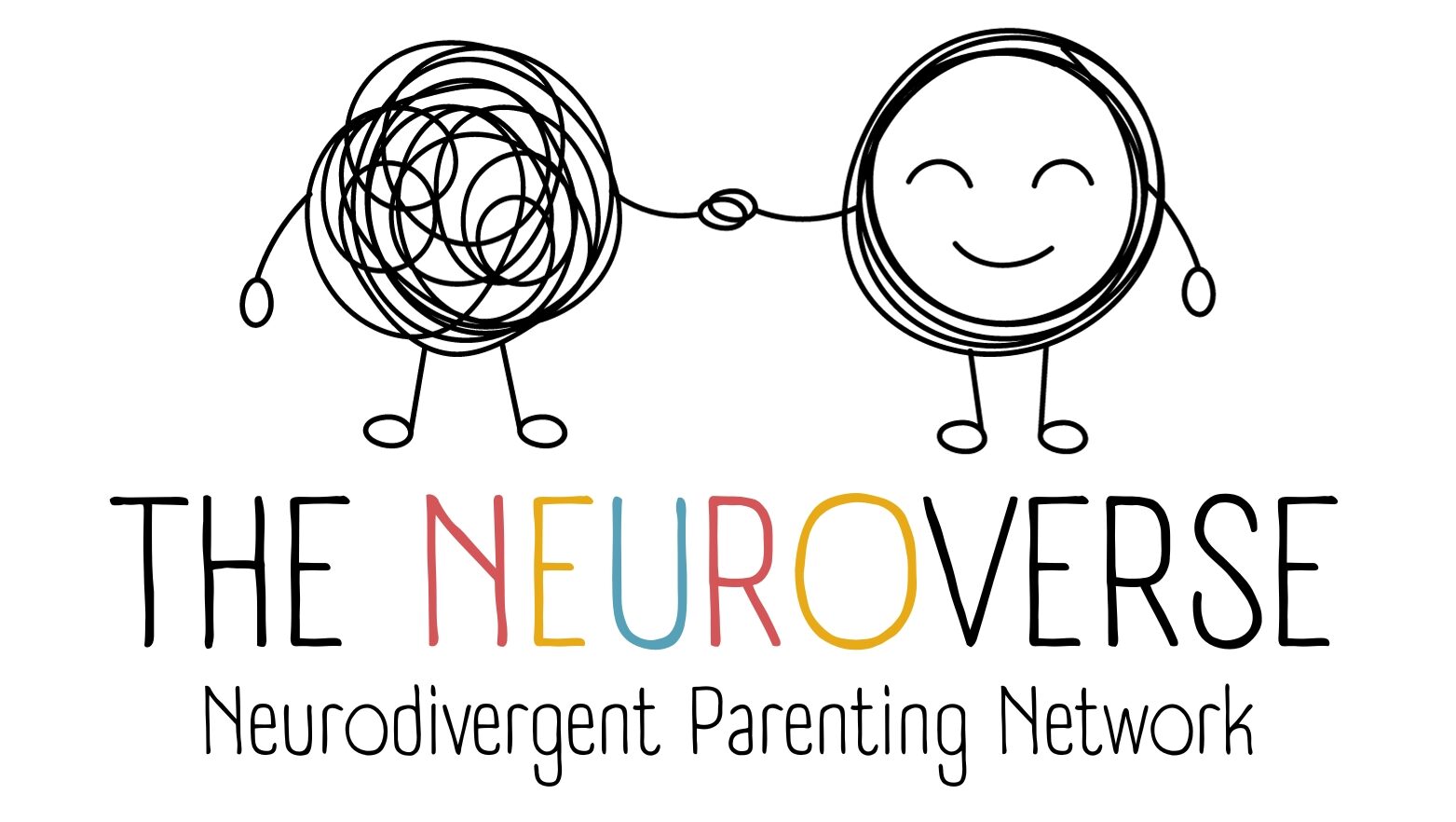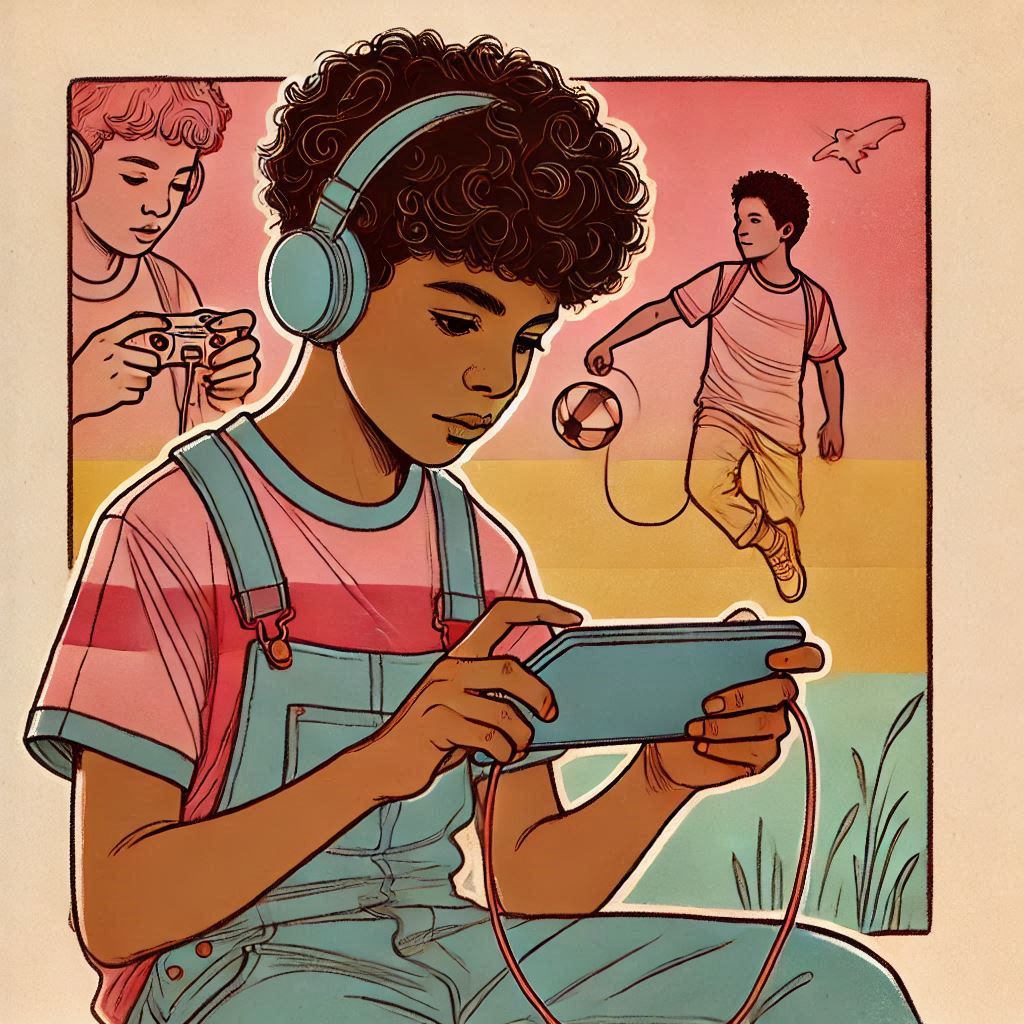The Importance of Proprioceptive Input for Neurodivergent Children Before Bedtime

For parents of neurodivergent children, bedtime can often feel like an uphill battle. Just as the household begins winding down for the night, their child seems to gain a surge of energy, becoming hyperactive and energetic when calmness is most needed. While this behaviour can be puzzling, it is rooted in a fundamental sensory need: proprioceptive input.
Understanding Proprioceptive Input
Proprioception refers to the body’s ability to sense its position, movement, and force. This sense is activated through activities that involve deep pressure, resistance, or heavy work, such as pushing, pulling, or squeezing. Proprioceptive input is critical for self-regulation, helping the nervous system achieve a state of balance.
Neurodivergent children, including those with autism, ADHD, or sensory processing differences, often have heightened or dysregulated sensory systems. Their bodies and brains may seek additional proprioceptive input to help them feel grounded and calm. This is especially true during transitions, such as moving from the active state of the day to the restful state needed for sleep.
Why Hyperactivity Peaks Before Bedtime
For neurodivergent children, the hyperactivity seen before bedtime is often their way of self-regulating. When their nervous system is overwhelmed from the sensory demands of the day or is unable to transition smoothly into a calmer state, they may instinctively seek proprioceptive input. This can manifest as running, jumping, climbing, or other high-energy activities that may appear counterproductive but are actually attempts to achieve balance.
The Calming Effects of Proprioceptive Activities
Proprioceptive input has a calming effect on the body because it stimulates the release of serotonin, a neurotransmitter associated with mood regulation and relaxation. It also helps lower cortisol levels, the stress hormone that can keep the body in a heightened state of alertness. Incorporating proprioceptive activities into a child’s bedtime routine can help provide the sensory regulation they need to transition smoothly to sleep.
Incorporating Proprioceptive Input Into Bedtime Routines
Here are some practical ways to include proprioceptive activities in a bedtime routine:
- Weighted Blankets: Using a weighted blanket can provide deep pressure stimulation, offering a sense of security and calmness as the child prepares for sleep.
- Heavy Work Activities: Encourage activities like wall push-ups, carrying a heavy laundry basket, or squeeing a therapy ball. These provide the necessary proprioceptive input while also helping to burn off residual energy.
- Deep Pressure Touch: Gentle massages, “bear hugs,” or firm squeezes on the child’s arms and legs can help soothe their nervous system.
- Rocking or Swinging: Gentle, rhythmic movements in a rocking chair or sensory swing can further calm the body.
- Yoga and Stretching: Simple yoga poses or stretches can combine movement and deep pressure to help the body relax.
- Tactile Activities: Activities like playing with putty, slime, or kinetic sand can also provide proprioceptive and tactile input, calming the sensory system.
Structuring a Proprioceptive Bedtime Routine
Consistency is key when implementing a bedtime routine. Start the routine about 30-60 minutes before bedtime and include a mix of calming proprioceptive activities followed by quiet, low-stimulation activities like reading or listening to soft music. Ensure the environment is conducive to relaxation by dimming lights and minimising noise.
Although tricky, especially at bedtime, parents must also recognise when they are becoming dysregulated by the increase in their child’s activity level during this time. Instead of rushing or trying to halt the behaviour immediately, allowing an extra 5-10 minutes for the child to engage in proprioceptive activities can make a significant difference. This patience can help the child’s nervous system settle more effectively, ultimately leading to a smoother bedtime transition.
Conclusion
The pre-bedtime hyperactivity of neurodivergent children isn’t defiance or resistance to sleep; it’s their body’s way of seeking regulation. By understanding the role of proprioceptive input and incorporating targeted activities into the bedtime routine, parents can help their children achieve the calmness needed for restful sleep. Supporting these sensory needs not only fosters better sleep but also nurtures a child’s overall well-being, empowering them to thrive both at night and during the day.
References
Ayres, A. J. (2005). Sensory Integration and the Child: Understanding Hidden Sensory Challenges. Los Angeles, CA: Western Psychological Services.
Dunn, W. (2001). The sensations of everyday life: Empirical, theoretical, and pragmatic considerations. American Journal of Occupational Therapy, 55(6), 608-620. https://doi.org/10.5014/ajot.55.6.608
Kranowitz, C. S. (2005). The Out-of-Sync Child: Recognizing and Coping with Sensory Processing Disorder. New York, NY: Perigee Books.
Murray-Slutsky, C., & Paris, B. A. (2000). Exploring the Spectrum of Autism and Pervasive Developmental Disorders: Intervention Strategies. San Antonio, TX: Therapy Skill Builders.
Schaaf, R. C., & Mailloux, Z. (2015). Clinician’s guide for implementing Ayres Sensory Integration®: Promoting participation for children with autism. Journal of Occupational Therapy, Schools, & Early Intervention, 8(3), 193-204. https://doi.org/10.1080/19411243.2015.1060541



Leave a Reply